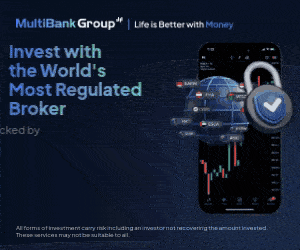The recent $150 million burn of Pengu ($PENGU) tokens has caused quite a stir in the crypto world. While such events are often seen as a way to boost a token’s value by reducing supply, $PENGU’s price has taken a sharp hit, dropping 14% within 24 hours post-burn. This dramatic movement underscores the challenges the token and its ecosystem are facing, including bot-driven claims and eroding market confidence. What went wrong with this burn, and why hasn’t it sparked the usual market enthusiasm? Let’s unpack the details and explore what this means for $PENGU and its community.
Table of Contents
TogglePengu News: What Happened During the $150 Million $PENGU Token Burn? 🔥🐧💰
Pengu coin news reveals that on February 5, 2025, the Pudgy Penguins team made a bold move by burning over 13.69% of $PENGU’s total supply, an event valued at more than $150 million. The decision was taken after the team ended the token airdrop earlier than planned, citing concerns over bot-driven claims. Users were given an additional five days to claim their tokens, but with the majority of legitimate claims already made, over 12 billion unclaimed tokens were sent to a Solana burn address to be permanently removed from circulation.
Immediate Impact on $PENGU’s Price 📈🐧⚡
Surprisingly, the token burn didn’t bring about the anticipated Pengu price spike that often follows such events due to increased scarcity. Instead, $PENGU’s price dropped by 14% within 24 hours, falling to $0.0117. This sharp decline took the token out of the top 100 cryptocurrencies by market cap and added to its ongoing downward trend, with investors left questioning the move. The burn intended to inject a sense of value into $PENGU, but it seems to have backfired, leaving the community searching for answers.
Why Did the Burn Happen? ❓🔥🐧
The decision to expedite the burn was largely driven by data showing the majority of remaining claims were initiated by bots rather than real users. According to project lead Luca Netz, extending the claim window would have served little purpose as actual holders had already collected their tokens. By burning the remainder, the team aimed to not only reduce circulating supply but also discourage bad actors from exploiting the airdrop system. However, the timing and communication around the decision have left many questioning whether it was executed effectively.
Challenges Facing the $PENGU Ecosystem ⚠️🐧🌐
This latest Pengu price drop is just one chapter in what has been a challenging year for $PENGU. Since the start of 2025, the token has lost a staggering 67% of its value, raising concerns about its long-term viability. Pengu Price volatility and a lack of strong support levels have hurt investor confidence. Meanwhile, the larger world of meme coins has also been on the decline, with a 36.8% drop across the market in the last 30 days. This struggle extends to the Pudgy Penguins NFT ecosystem, which has seen its floor prices dip as well. Together, these hurdles paint a turbulent picture for $PENGU’s future.
What Lies Ahead for $PENGU? 🔮🐧🚀
Despite the setbacks, the Pudgy Penguins team appears committed to a turnaround. They’ve announced plans to attract institutional interest, a move that could introduce new capital and market stability. However, the road ahead is steep, with the token’s performance hinging on rebuilding trust within the community and proving its value beyond speculative demand. Analysts are cautiously optimistic, suggesting that a combination of strategic partnerships, ecosystem development, and improved market sentiment could help $PENGU bounce back. But for now, uncertainty lingers as both investors and the broader crypto market await further developments.

Disclaimer:
All information has been prepared by TraderFactor or partners. The information does not contain a record of TraderFactor or partner’s prices or an offer of or solicitation for a transaction in any financial instrument. No representation or warranty is given as to the accuracy or completeness of this information. Any material provided does not have regard to the specific investment objective and financial situation of any person who may read it. Past performance is not a reliable indicator of future performance.

















